Announcing the Class of 2023
We are excited to reveal the Athletes and Builders of sport selected to receive the Order of Sport and be formally inducted to
Canada's Sports Hall of Fame!
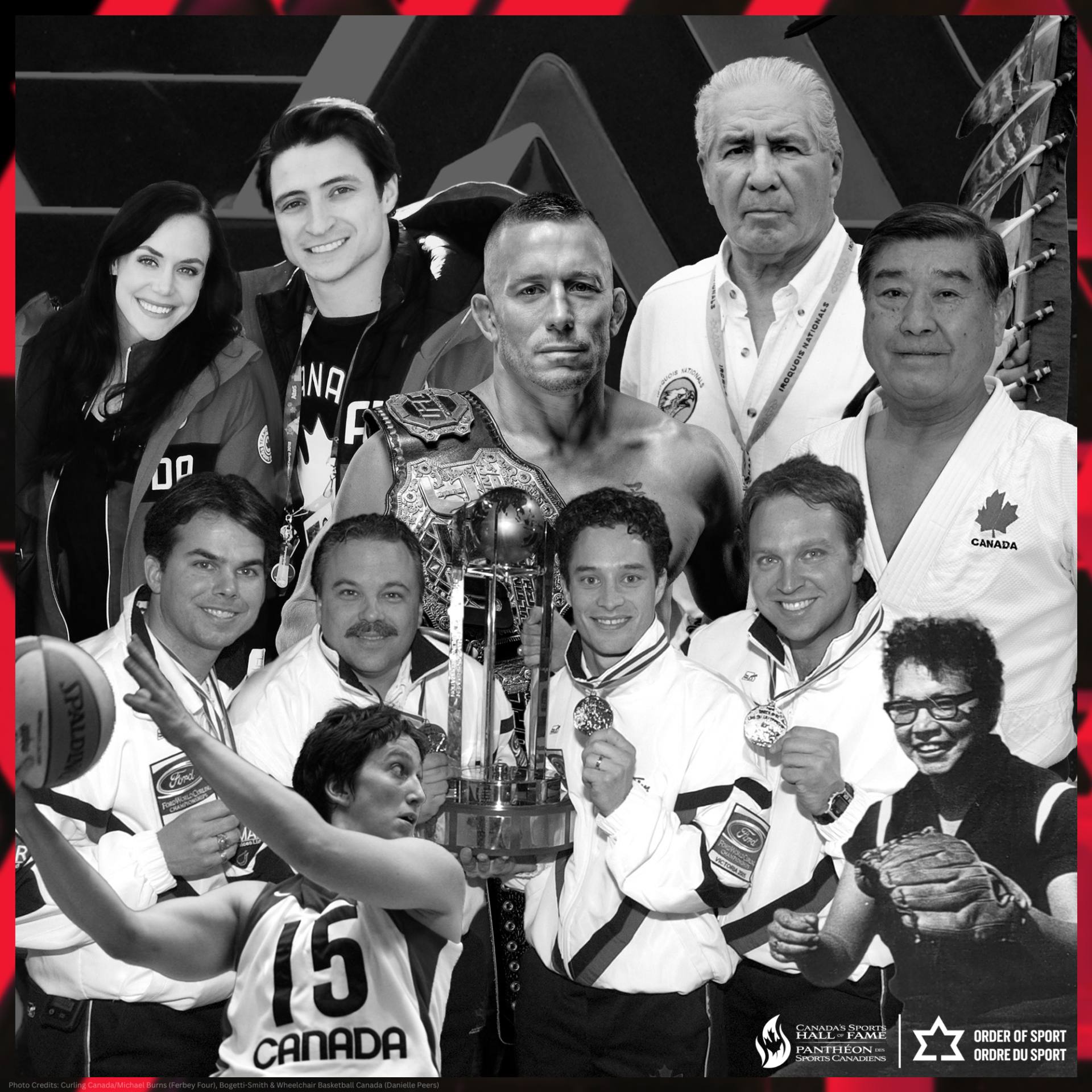
Nine Athletes and two Builders have been recognized for their contributions in growing and developing their respective sports. The Class of 2023 will be inducted to Canada's Sports Hall of Fame and receive the Order of Sport - Canada's highest sporting honour - in Gatineau at the Canadian Museum of History during the 67th Annual Order of Sport Awards on October 19th, 2023.
The event will also be livestreamed for free. Register here to view.
Meet the inductees and hear their inspirational stories:
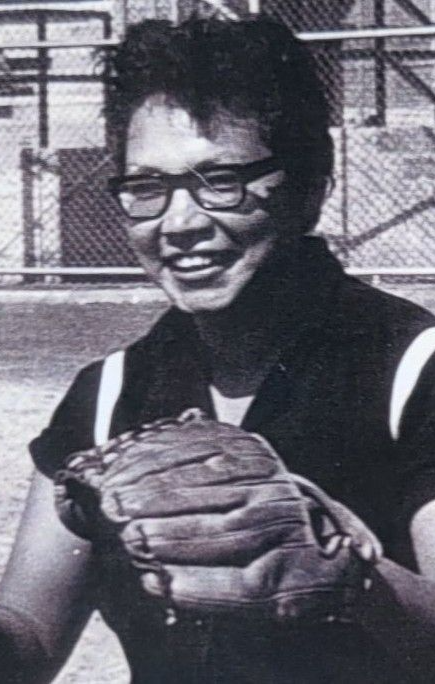
Phyllis Bomberry
Hiroshi Nakamura
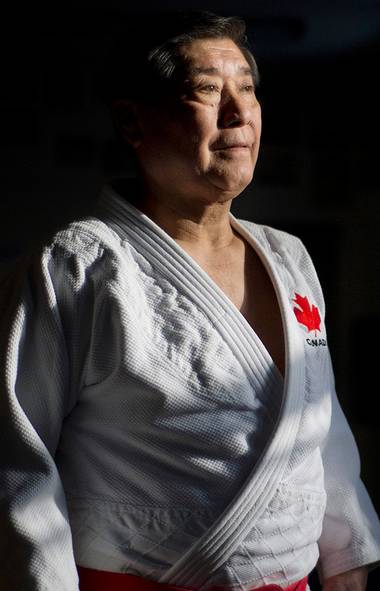
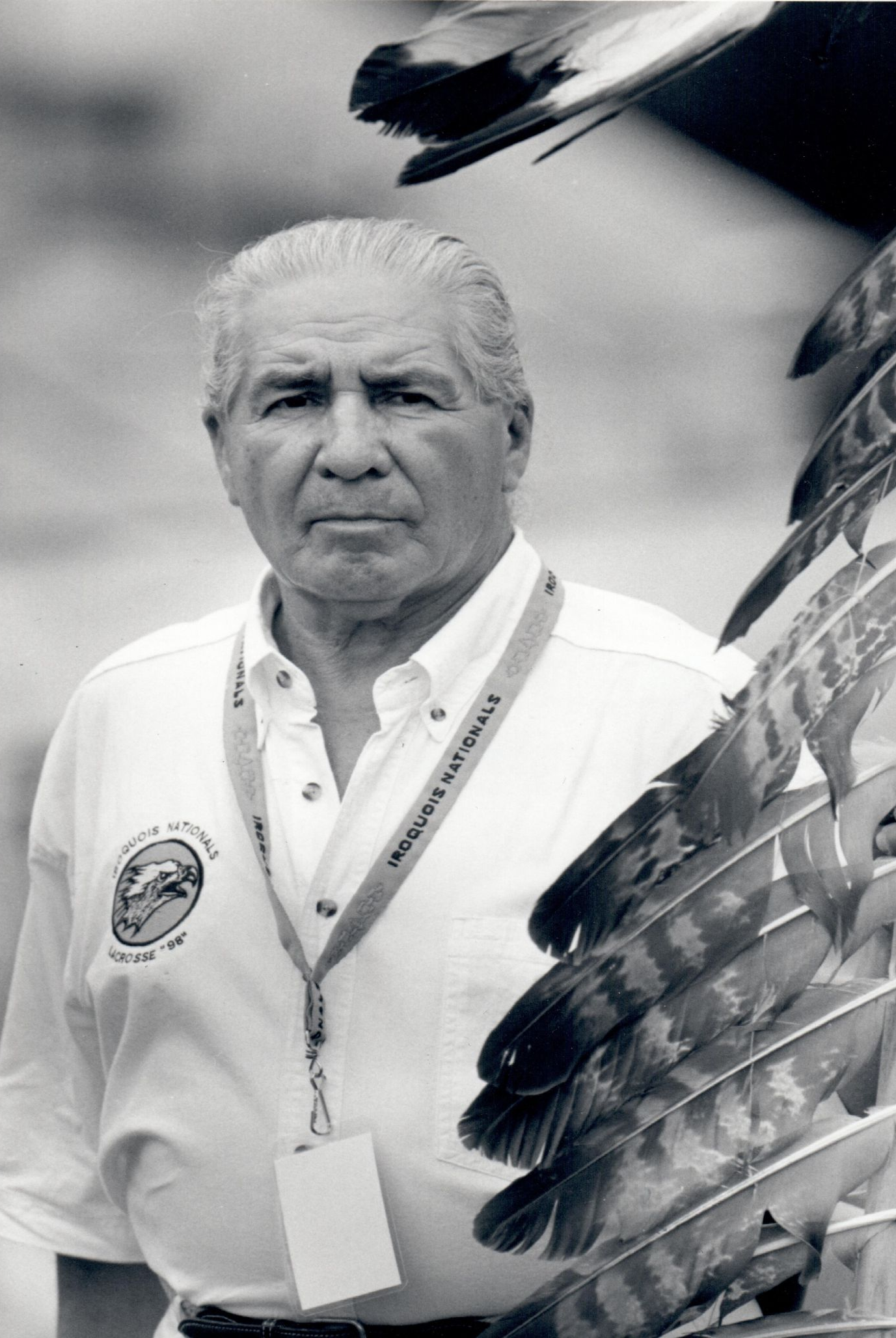
Oren Lyons
Danielle Peers
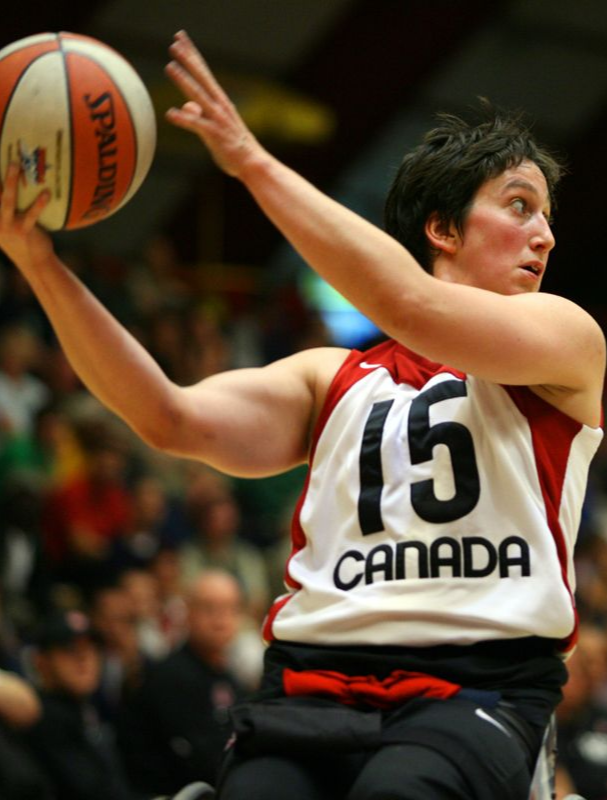
Photo Credit: Bogetti-Smith & Wheelchair Basketball Canada
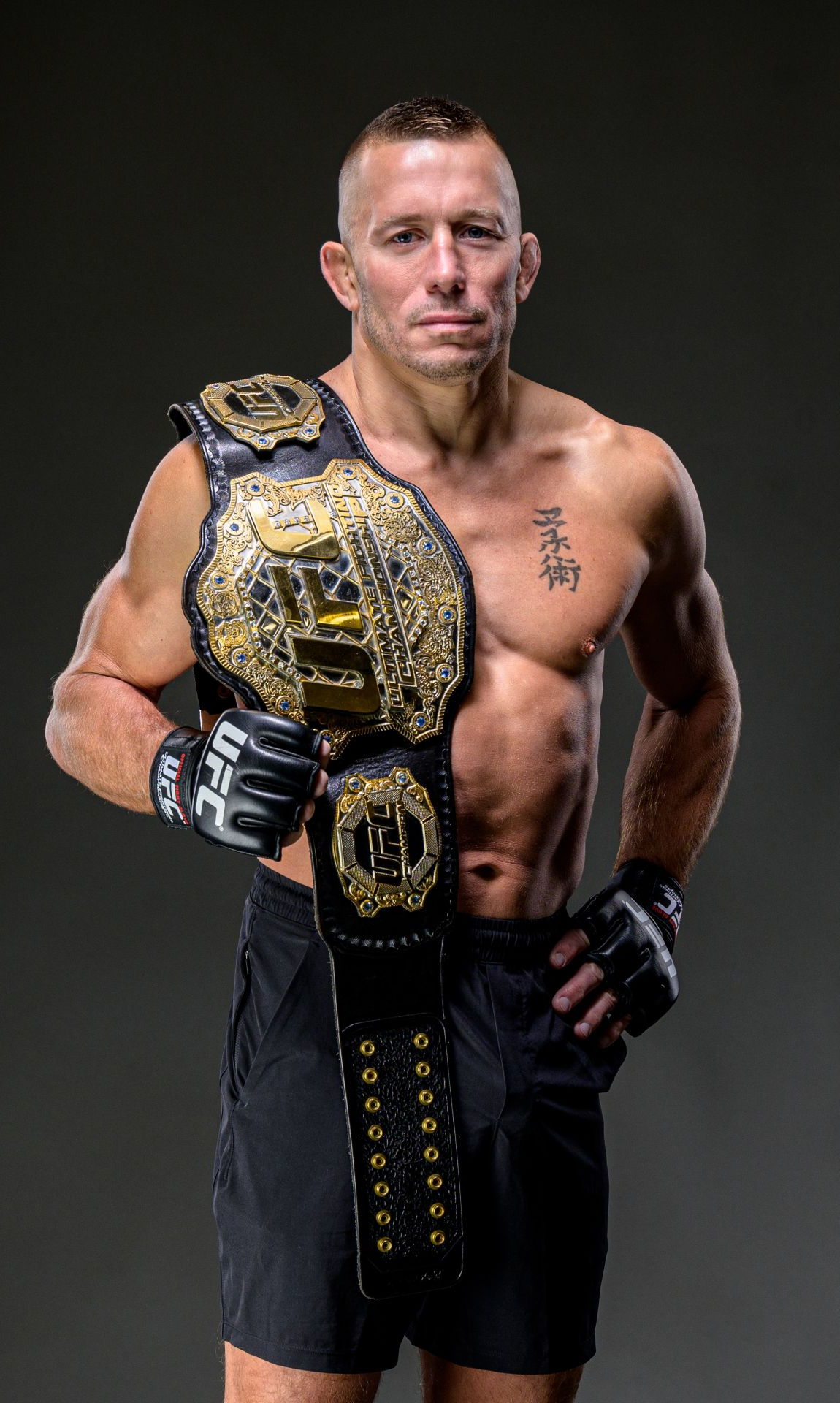
Georges St. Pierre
Tessa Virtue & Scott Moir
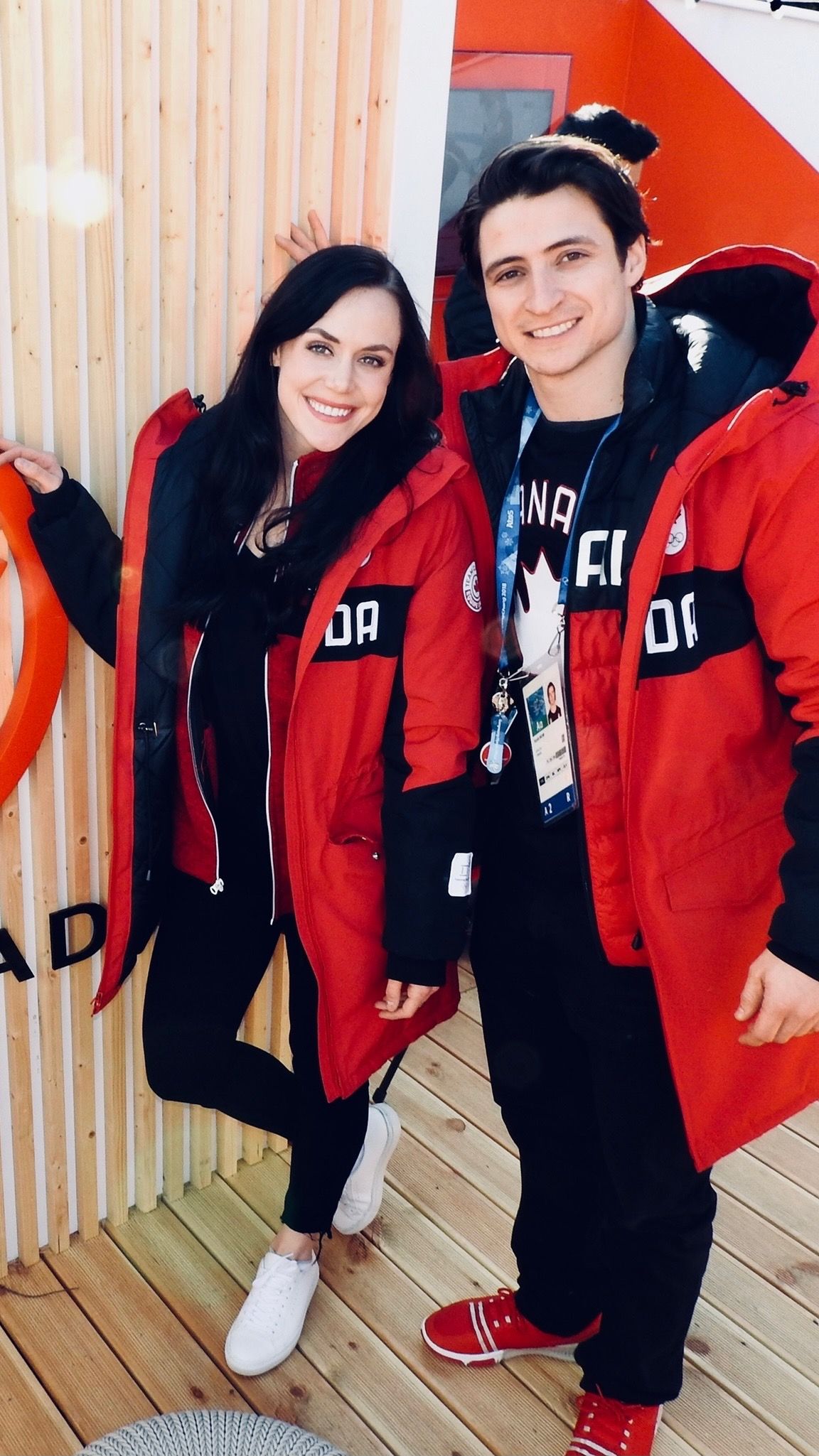

Photo Credit: Curling Canada/Michael Burns
The Ferbey Four

#118828631 RR0001
Featured links
Courtesy of Order of Sport collection, Canadian Museum of History.
2. Consider analyzing materials (i.e., is it wood, stone, plastic, etc.?)
4. Are there any inscriptions (i.e., are there any markings that are printed, stamped, engraved)?
5. What symbolism do you see?
6. How is the object oriented? (i.e., Does it have a presumed front, back, bottom, or top?)
7. What features do you think it might share with similar objects?
8. Does the object prompt some kind of action or performance?
9. What is this artefact?
10. What stories or information do you think it tells?
Rowing is the propelling of a boat using a fixed oar as a lever. In modern sports, rowers race against each other as individuals or in crews of two, four or eight.
Courtesy of Order of Sport collection, Canadian Museum of History.
2. Consider analyzing materials (i.e., is it wood, stone, plastic, etc.?)
4. Are there any inscriptions (i.e., are there any markings that are printed, stamped, engraved)?
5. What symbolism do you see?
6. How is the object oriented? (i.e., Does it have a presumed front, back, bottom, or top?)
7. What features do you think it might share with similar objects?
8. Does the object prompt some kind of action or performance?
9. What is this artefact?
10. What stories or information do you think it tells?
Rowing is the propelling of a boat using a fixed oar as a lever. In modern sports, rowers race against each other as individuals or in crews of two, four or eight.
Courtesy of Order of Sport collection, Canadian Museum of History.
2. Consider analyzing materials (i.e., is it wood, stone, plastic, etc.?)
4. Are there any inscriptions (i.e., are there any markings that are printed, stamped, engraved)?
5. What symbolism do you see?
6. How is the object oriented? (i.e., Does it have a presumed front, back, bottom, or top?)
7. What features do you think it might share with similar objects?
8. Does the object prompt some kind of action or performance?
9. What is this artefact?
10. What stories or information do you think it tells?
Rowing is the propelling of a boat using a fixed oar as a lever. In modern sports, rowers race against each other as individuals or in crews of two, four or eight.
